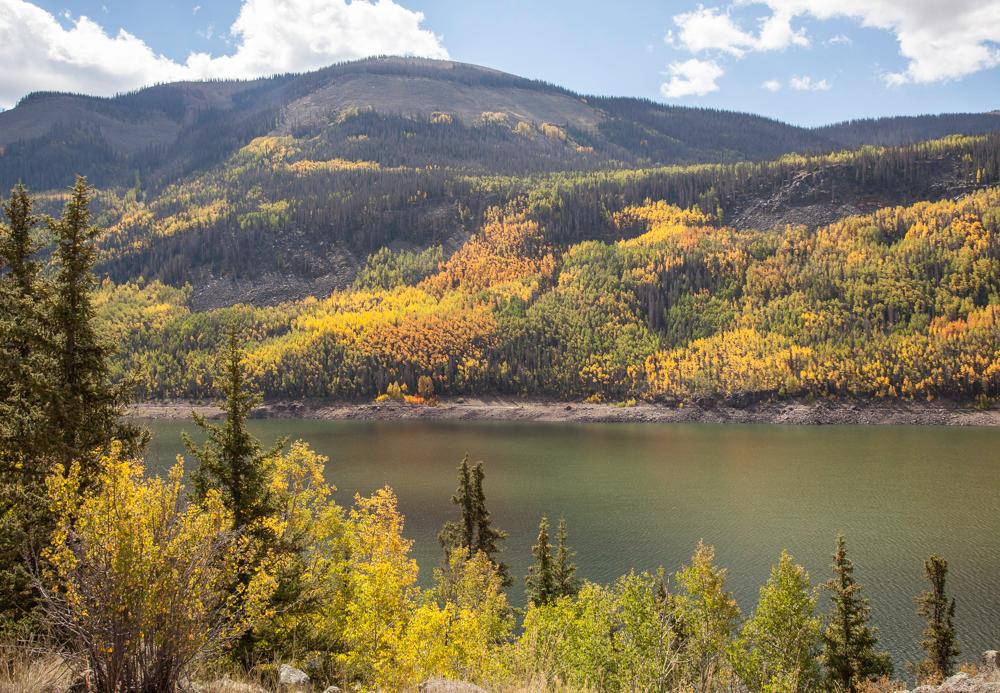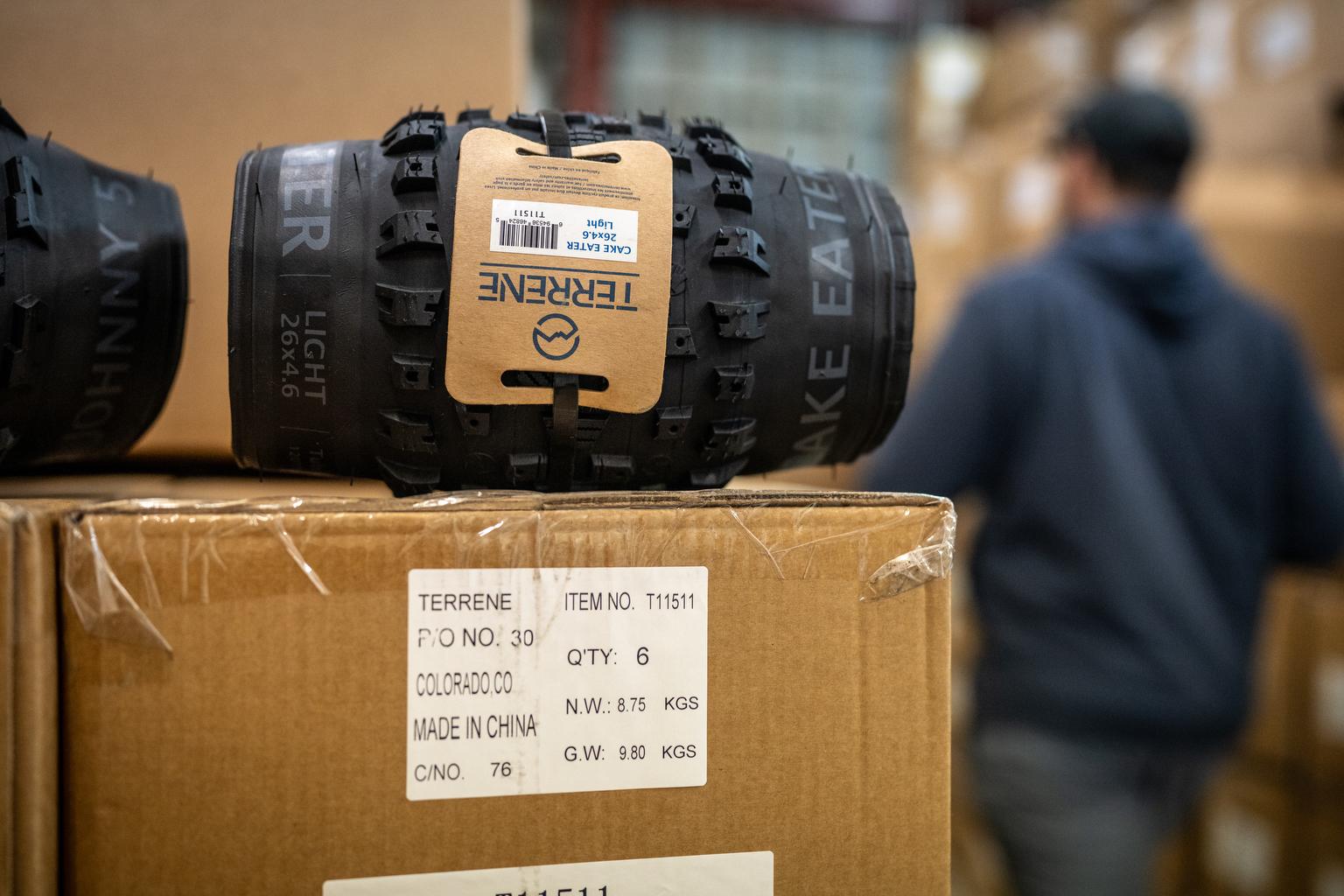
Republican Rep. Scott Tipton unveiled plans for his Colorado Recreation, Enhancement and Conservation Act today. The REC Act is the third piece of wilderness legislation that members of the Colorado delegation are trying to get through Congress this year, each singling out different chunks of the state for extra protection.
Tipton’s discussion draft is focused solely on land in his 3rd Congressional District, which covers the Western Slope and portions of Southern Colorado.
“We've had a lot of feedback over the course of the years of concerns in terms of public management, access to lands, protections people would like to see and we're trying to address this across the 3rd Congressional District,” Tipton said.
While there is overlap among the three proposals — REC, Democratic Rep. Diana DeGette’s Colorado Wilderness Act and Rep. Joe Neguse’s Colorado Outdoor Recreation and Economy (CORE) Act — the sponsors disagreed over designations for some lands in the Third District, which was evident during the hearings for the other two bills.
REC has four sections. First, it would provide permanent protections for 40,038 acres of land within the Rio Grande National Forest near the Great Sand Dunes National Forest.
The second section would affect the San Juan Mountains, by permanently protecting approximately 60,000 acres. Those areas include about 30,000 acres of new wilderness near Telluride, Norwood, Ouray and Ridgeway, as well as another 20,000 acres between Ophir and Silveron set aside as the Sheep Mountain Special Management Area.
Then, Tipton proposes to revise the boundary of the Yucca House National Monument in the far southwestern corner of the state, and formally establish boundaries for the Curecanti National Recreation Area. Lastly, it would release over 39,000 acres of Wilderness Study Areas in Montezuma and Dolores counties, opening them up for grazing, drilling, and other uses.
DeGette’s Colorado Wilderness Act goes in the other direction when it comes to the three Wilderness Study Areas in Montezuma County. Under her bill, they would become permanent wilderness areas.
Neguse’s CORE Act also includes new protections for areas Tipton does not support, in this case around the Thompson Divide. It would make 200,000 acres west of Carbondale ineligible for future oil and gas development.
Tipton says he’s spoken with some members of the delegation about his draft. He plans to discuss and get feedback from stakeholders in his district during the August recess. His office hopes to have the bill ready to introduce to the House in September.
“The whole idea of the draft legislation is to make sure that, as best you can, you’re going to be meeting all of needs that are going to be expressed throughout the district. And we’ll be able to make some tweaks and adjustments to meet those goals,” he said.
Editors Note: An earlier version of this story incorrectly stated that the CORE Act would designate the Thompson Divide as a Wilderness Area. The bill would just ban mineral development on the land.









